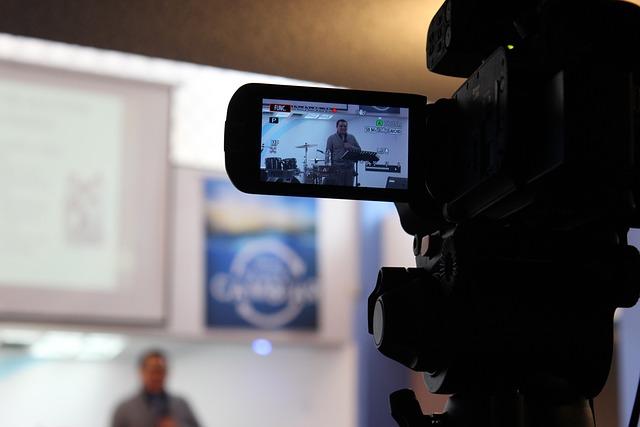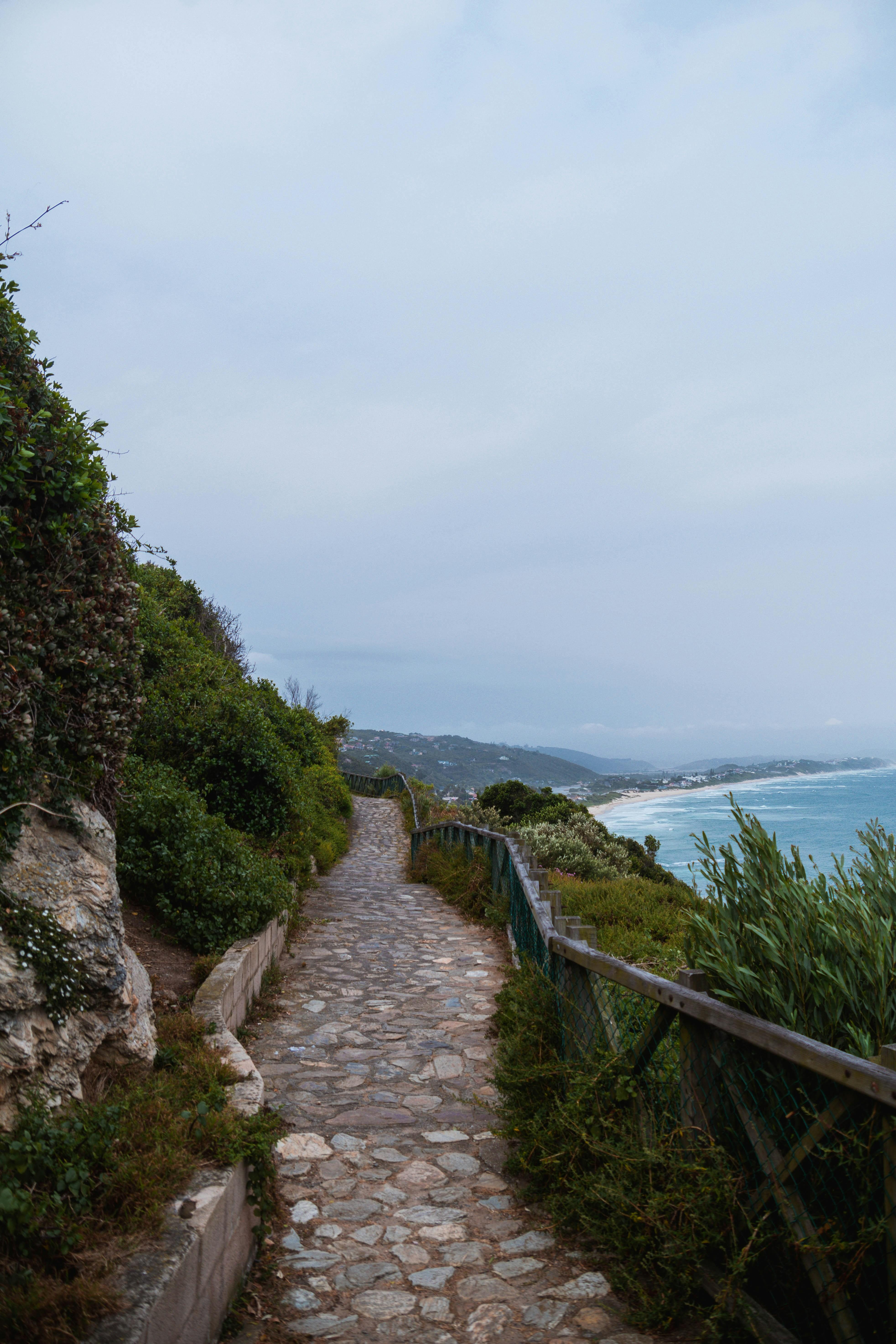In the vast, untamed wilderness where survival hangs by a thread, “The Revenant” unfolds as a visual symphony, capturing both the brutal beauty and raw desolation of nature. This cinematic masterpiece, directed by Alejandro González Iñárritu, owes much of its visceral impact to the extraordinary cinematography of Emmanuel Lubezki. Through sweeping landscapes, intimate close-ups, and the haunting interplay of light and shadow, Lubezki crafts a world that is as breathtaking as it is unforgiving. In this article, we delve into the intricate cinematography techniques that elevate “The Revenant” beyond a mere tale of survival, transforming it into an immersive experience that lingers long after the credits roll. Join us as we unravel the visual tapestry that makes this film a landmark in cinematic storytelling.
Capturing Natures Raw Beauty: Exploring Natural Lighting Techniques
In “The Revenant,” the cinematographers harnessed the untouched splendor of nature by utilizing natural lighting techniques that amplified the film’s raw, visceral essence. The decision to rely solely on natural light brought an authentic, almost tangible texture to each scene. This approach not only highlights the rugged beauty of the wilderness but also underscores the emotional depth of the narrative. The interplay of light and shadow was meticulously crafted, allowing the changing weather and time of day to naturally dictate the film’s mood.
- Golden Hour Magic: Scenes were often shot during the golden hour, capturing the warm, soft light that accentuates details and adds depth to the landscape.
- Dynamic Weather: The team embraced unpredictable weather conditions, using the diffuse light of overcast skies or the stark contrast of sunlight piercing through clouds to enhance the film’s atmosphere.
- Natural Reflections: Bodies of water and snow-covered terrains were utilized to reflect and diffuse light, creating a dynamic interplay that enriched the visual storytelling.
This commitment to naturalism not only immersed the audience in the story but also challenged the filmmakers to adapt creatively to the environment, resulting in a cinematic masterpiece that feels both intimate and epic.

The Dance of Shadows and Light: Mastering Contrast in Harsh Environments
In “The Revenant,” the interplay of shadows and light is not merely a backdrop but a crucial storytelling device. Cinematographer Emmanuel Lubezki uses contrast to emphasize the rawness of nature and the solitude of the protagonist’s journey. Harsh environments, characterized by stark lighting, present unique challenges and opportunities for visual storytelling. The film embraces these extremes, allowing the audience to feel the biting cold and the oppressive isolation through meticulous control of light and shadow.
- Natural Lighting: The decision to shoot primarily with natural light creates an authentic atmosphere, making the environment a character in its own right.
- Dynamic Shadows: Shadows are used to obscure and reveal, adding layers of mystery and tension. This technique highlights the unpredictability of the wilderness.
- Golden Hour Magic: Filming during the golden hour bathes scenes in a warm glow, contrasting sharply with the icy landscapes and enhancing emotional depth.
These techniques, combined with a keen eye for detail, transform the harshness of the environment into a poetic dance of shadows and light, immersing the viewer in a visceral experience.

Seamless Long Takes: Crafting Immersive Experiences
The magic of The Revenant lies in its ability to pull the audience into the raw, untamed wilderness through meticulously crafted long takes. These uninterrupted shots create a sense of continuity, blurring the lines between viewer and protagonist. The use of natural lighting enhances the authenticity, allowing the audience to feel the chill of the snow and the warmth of the fire.
- Immersive Realism: By avoiding cuts, the film maintains an unbroken reality, making each moment more visceral.
- Dynamic Movement: The camera often follows characters closely, capturing their emotions and reactions in real-time.
- Environmental Engagement: Long takes emphasize the relationship between characters and their surroundings, highlighting the vastness and danger of the frontier.
This technique not only showcases the director’s vision but also challenges the actors, demanding a seamless performance that draws viewers deeper into the narrative.

From Lens to Screen: Choosing the Perfect Equipment for Wilderness Filming
In crafting the raw, visceral experience of “The Revenant,” the choice of equipment played a pivotal role in capturing the untamed wilderness. Director Alejandro González Iñárritu and cinematographer Emmanuel Lubezki relied heavily on natural light, which required cameras that could perform exceptionally well in low-light conditions. This led to the use of the ARRI ALEXA 65, known for its large sensor and dynamic range, enabling the team to capture the expansive landscapes and intimate close-ups with unparalleled detail and depth.
To bring the audience into the heart of the wilderness, specific gear was essential:
- Wide-Angle Lenses: These were crucial for immersing viewers in the sweeping vistas and dense forests, providing a sense of scale and isolation.
- Steadicam and Gimbal Rigs: Essential for fluid, continuous shots that mirror the relentless journey of the protagonist.
- Weatherproof Equipment: Filming in harsh conditions demanded robust gear to withstand the elements, ensuring no shot was missed due to equipment failure.
The combination of these tools allowed for a seamless blend of narrative and environment, making the wilderness a character in its own right.

